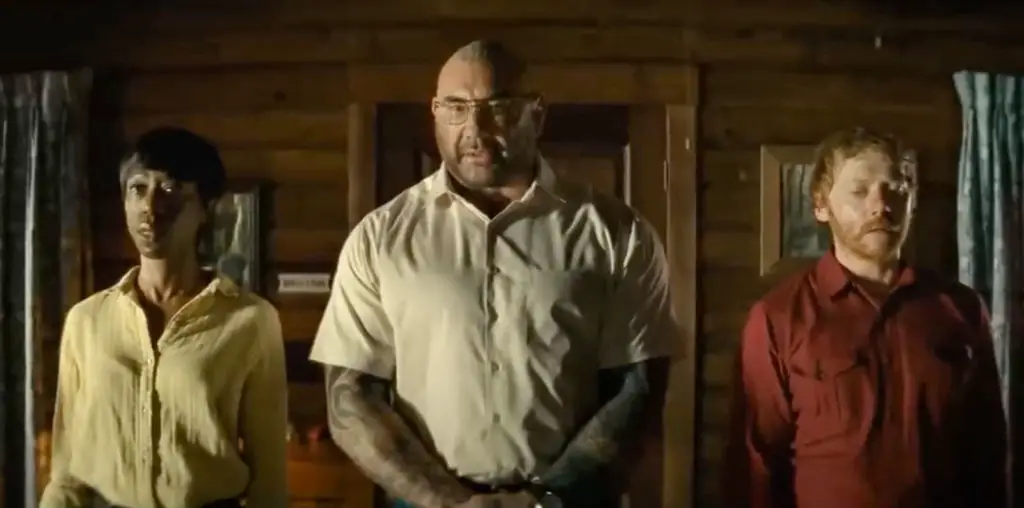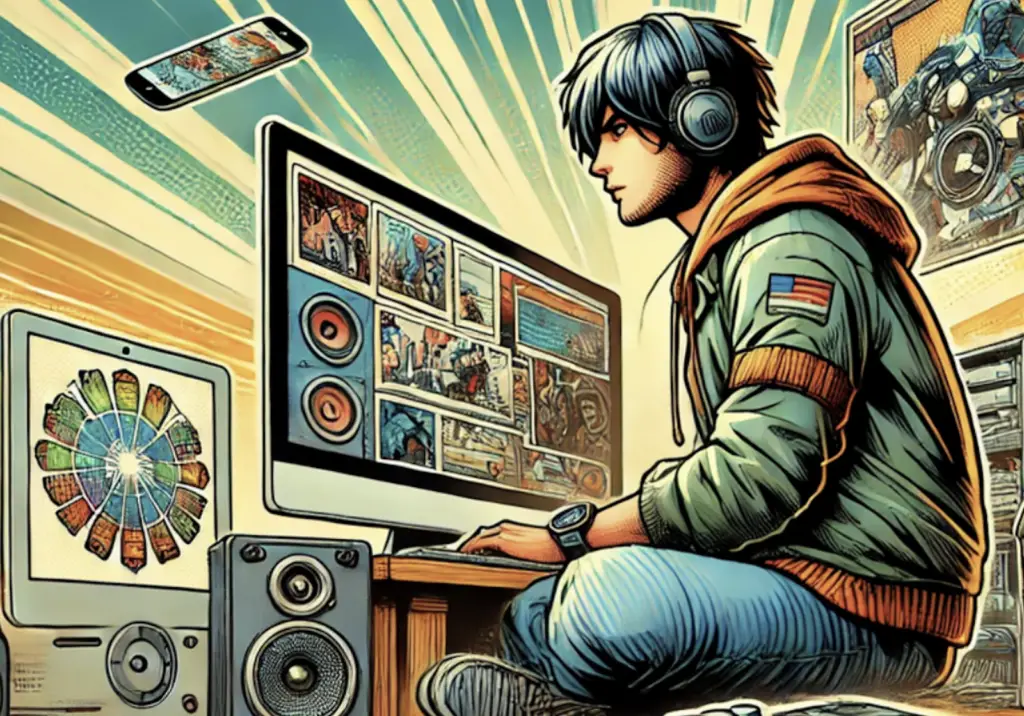
People familiar with the original “Lone Wolf and Cub” films will be puzzled upon seeing the American names in the credits of this film. We’ll delve into that later … toward the end of the history lesson.
“Lone Wolf and Cub,” which is what this movie is based on, is a legendary manga (Japanese comic book) by Kazuo Koike (who wrote the screenplay to this film) and Goseki Kojima. It’s not only the best manga (or even comic book, for that matter) of all time, but it ranks up there as one of the greatest stories ever written. (If you don’t believe that, get Dark Horse Comics’ reprint of the series from a few years back. It is 28 volumes, but well worth the time and money you’ll put into it.) The story influenced everyone from Quentin Tarantino to Frank Miller (“Sin City” and “300”) and scores of others in between. It reads like an epic movie in black and white, and speaks volumes about honor, integrity, revenge and death. It’s not a simple action story, and what makes it great also makes it almost impossible to translate to film.
The original series of films based on the manga came out over twenty years ago and the problem with attempting to do the source material justice became readily apparent. Much of the manga’s emotion was lost, but it still retained some of what made the story special because of the perfect casting of the two main actors (Tomisaburo Wakayama and Masahiro Tomikawa, who play Lone Wolf and his son, Daigoro, respectively) and the fact that the original writer did the screenplay. Key elements were left in that gave the film more humanity than the standard samurai movie. Then comes this 2006 version of “Shogun Assassin,” and things start to get a little dicey.
This first volume is original two movies of the film series (“Sword of Vengeance” and “Baby Cart at the River Styx”) edited into one by American hands (hence the Western names in the credits). It feels rushed at times, and a bit lacking in emotional impact (which wasn’t all that great in the original films anyway), but it is still a joy to watch because many of the best moments are kept in place.
Enough of the history lesson. What’s the plot?
Lone Wolf’s wife is killed and he vows revenge. The hitch? He’s dragging his three-year-old son along with him, killing any who get in his way. That’s the most simplistic way to put it, but like any good revenge tale there are multiple levels to the story (especially in the manga) and lines that get blurred along the way. As to be expected, limbs fly and blood sprays, but it never feels out of place.
The moments that make this film something special are the ones that are almost directly lifted from the manga. One chilling scene involves Lone Wolf giving his son a choice soon after the death of the boy’s mother. He can choose the sword and join his father on the path of revenge, which will lead to certain death, or he can choose the ball, and Lone Wolf will send his son to join his mother in Heaven. And then there is the scene where Daigoro is taken hostage by men who want Lone Wolf dead. Lone Wolf tells them to kill his son because it won’t change anything he has to do. Both scenes are cold and would appear to make Lone Wolf heartless, but they fit into the way of the warrior seamlessly, which is something Kazuo Koike understands like few other writers. (There’s also another great scene taken from the manga where Daigoro kills a foe. It’s as surprising as it is amusing.)
It’s a shame that this film, in order to be made more appealing for American audiences, had to be dubbed and condensed from two other movies. If it serves to get people reading the manga, however, then it has done its job. Viewers who won’t seek those books out, though, have to know that this film is by no means the entire story (and nor is the original film series).
For people who have read the manga, I’d recommend seeing this just to introduce the story to your friends. It can’t hurt, and if the only thing they’ve seen is lesser imitations, this will probably blow their minds.

